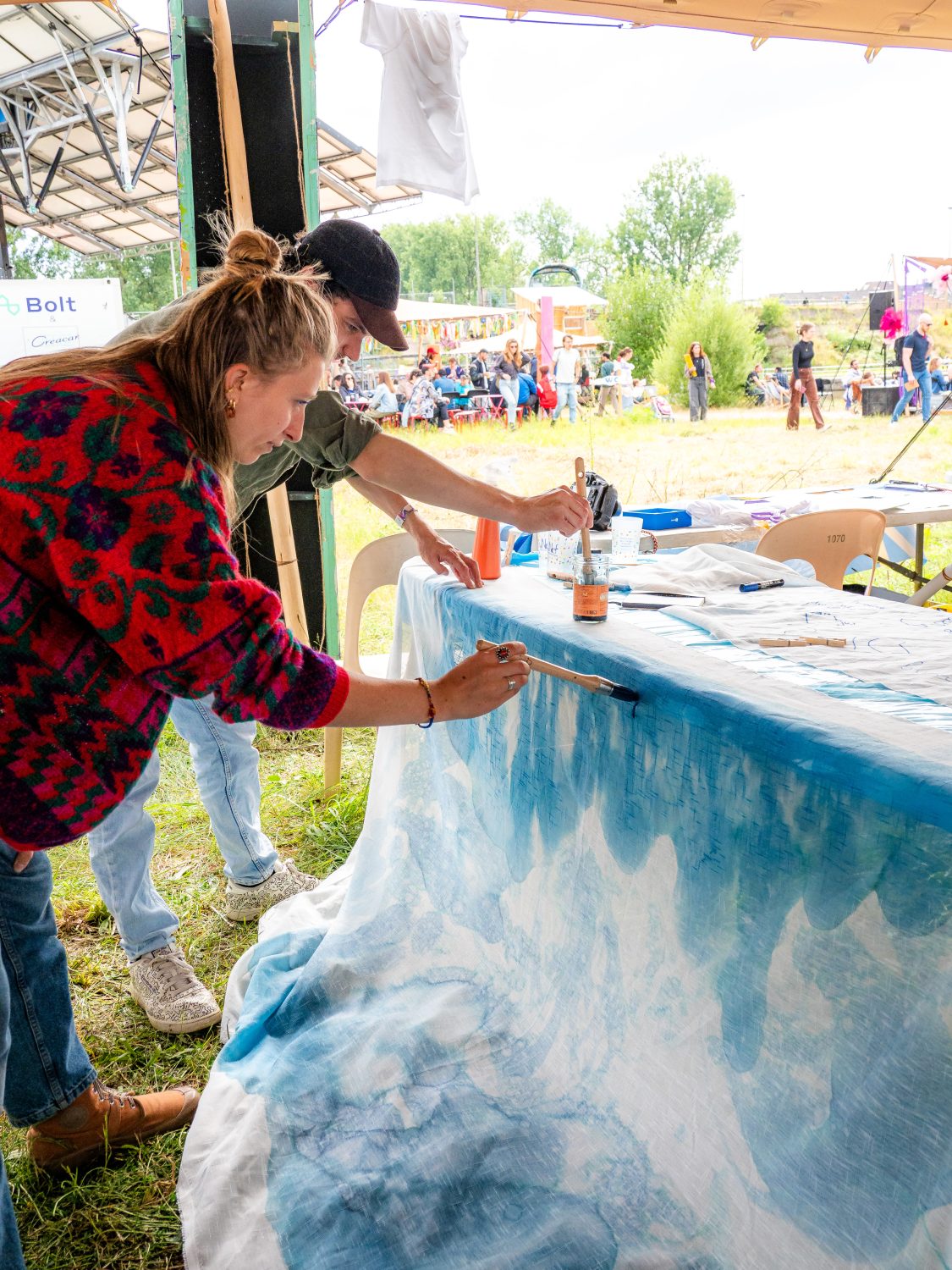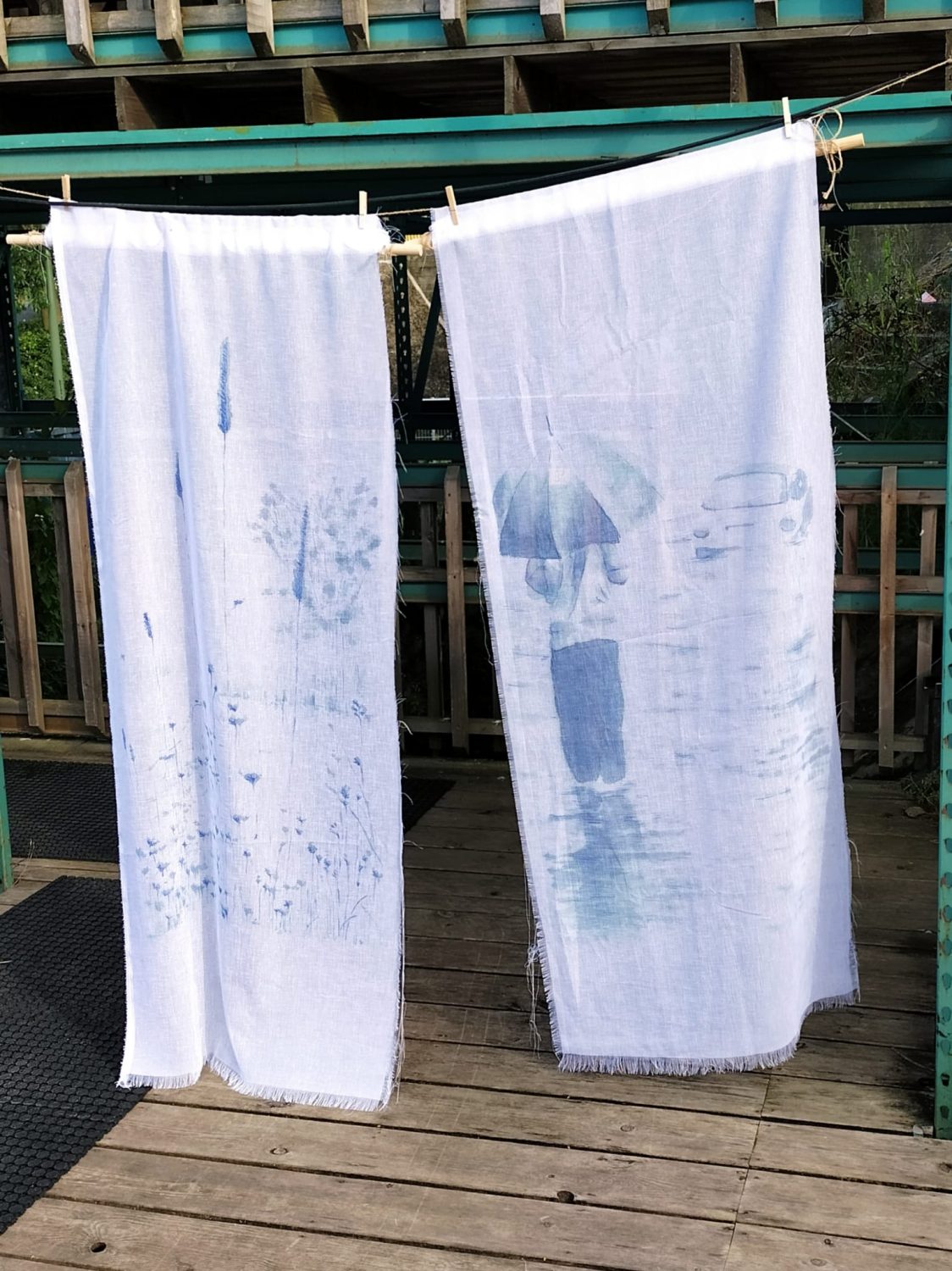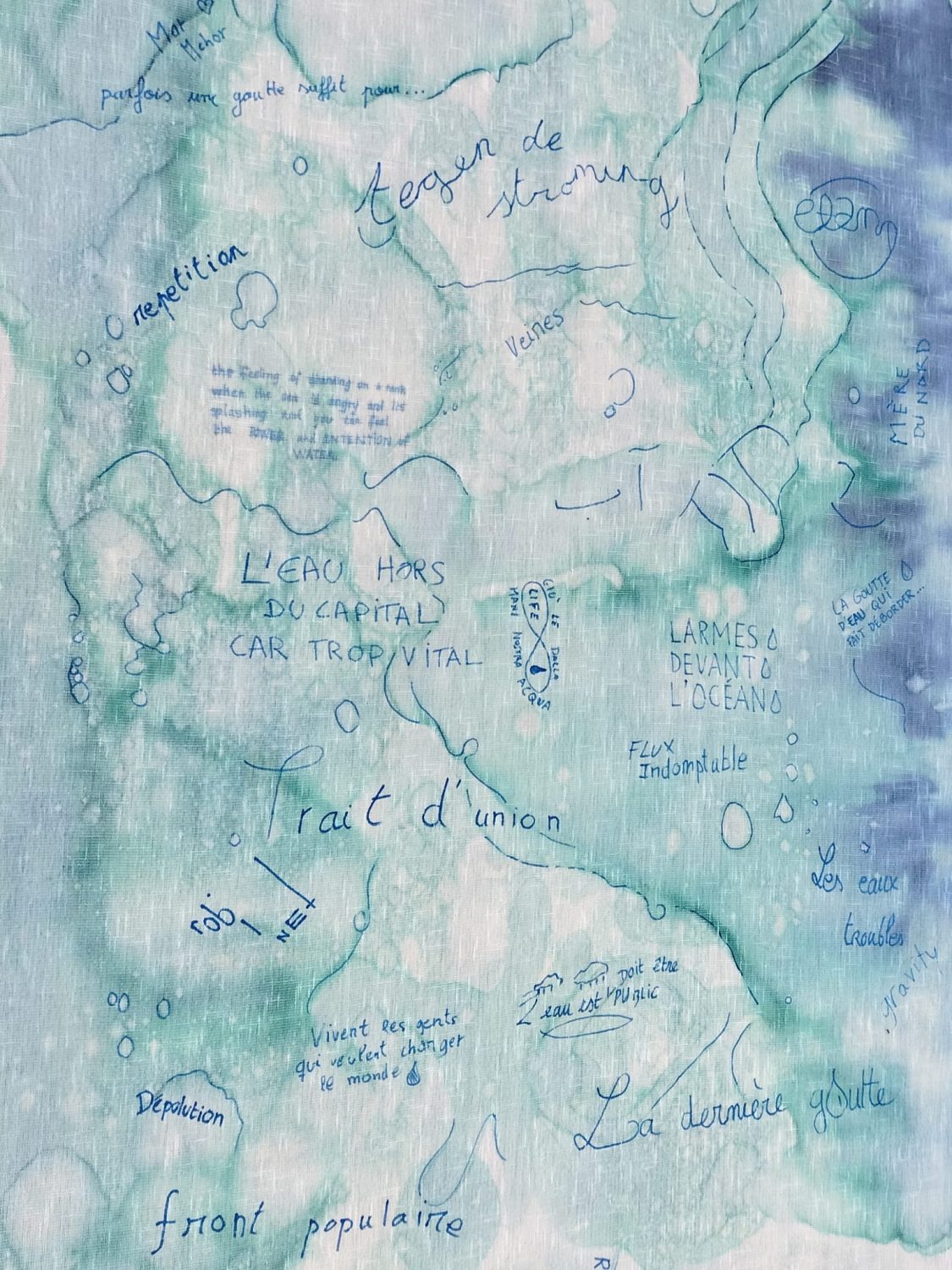by Simon Auperpin
At the intersection of architecture, arts, and, social-political activism, in this text Simon introduces us to taktyk’s project, water imaginaries, displayed during Fluctuations Festival.
Fluctuations Festival is a project ran by European Alternatives in collaboration with SMMMILE (Paris), VibeLabs (Amsterdam), Subjective Values Foundation (Budapest) and Besign (Nice). A transnational artivist festival promoting ecological and social activism, and cultural space through multi-city festivals taking place on a river boat. The collaborative water imaginaries creation will be visible during TRANSEUROPA Festival, and participants will be invited to continue its ever-ongoing capturing.
Brussels, like many European capitals, was a water city. How can we acknowledge and reinvent this heritage?

Taktyk acts as a design platform to promote contemporary water culture in Brussels. We aim in particular to stress and strengthen fragile water landscapes in the European Capital. In our projects and during our exchanges we find water is a link between past and future. An element to explore the geographical bases, soils, topography, historical landscapes and practices, and an element to talk about future landscapes, urban transition, deconstruction and renaturation of the city.
The invitation of European Alternatives to join the first edition of the festival entitled “Fluctuations” has been an opportunity to explore water imaginaries, water rights and water politics in Brussels. Our proposition to use a simple device, a series of painted fabrics floating in the wind, calls out to festival-goers and serves as a medium for encounters & discussion, while a large blank fabric to be painted collectively materialises, makes tangible and assembles everyone’s imaginaries.
Watercarriers
The watercarriers are a reinterpretation of a well known Art Nouveau figure. We proposed to reinterpret it through the creation of four scenes. Each one addresses poetically current sociospatial concerns.
- LOVE: Source of love:
‘The invisible is the visible that’s not seen yet’
M. Duchamps.
In the heart of a Brussels park, the arrival of a natural water spring unfolds its legends. Lovers who drink water from this spring are guaranteed eternal love. The appearance of a usually invisible underground water becomes a source of inspiration for artists and of wonder for kids and adults.
This waterspring is a considerable ally in explaining the main principles of the valley’s soils. Water, infiltrated within the sandy geological layers (water carriers) magically resurface once it meets the impermeable clay layers.
- SYMBOL: Marsh landscape:
A symbolic, sensitive landscape, well known in Brussels (Bruocsella, the house on the marsh in German). A water carrier landscape that has been the focus of public and ecological resistance in the past few years to preserve and restore this landscape in the heart of our urban fabric. This fragile landscape has a very important role in the ecological and climatic adaptation of the city, it is a richly biodiverse biome, a powerful carbon sequestration, and a refreshing environment with a cultural and educational impact.


- FLOOD: nothing natural but a human disaster
Water is frequently seen as a dual component, both a force for life and a destructive power. Lack of water worries us, too much water terrifies us. In 2021, Belgium experienced deadly floods that left a lasting mark in our memories and imaginaries. These floods raised a number of questions, among them: what is the space given for the water? How do we collectively accept to live “at risk” of what we ourselves generated?
- PLANET: Interstellar water carriers:
This fabric has two dimensions, the first one poetic, as hydrologist Emma Haziza says1, the water cycle is not closed, it is in equilibrium. Our planet leaks water from its atmosphere, compensated for by the water brought down by comets.
The second one is more dramatic, it provides an opportunity to appreciate the scale of our staggering impact on this planet. Since 2022, we have exceeded the 6th planetary limit, that of the freshwater cycle, and we now know that the over-exploitation of groundwater and its non-renewal has changed the Earth’s axis of rotation by almost 80cm.
Watercarriers as a cultural act
The two days of the Fluctuations festival gave us an opportunity to share and explore our relationship with water. Throughout the workshop, a large fabric has been painted collectively by the festival participants. Starting as a blank canvas for the participants’ imaginaries it materialised the people’s stories, interweaving and superimposing them. The water and ink used are mixed, diffused like a fluid, an interconnected multicellular organism. Fabrics in the wind join the bodies in movement of people, music, canal, and its inhabitants.
As the festival unfolds, multicultural, cross-generational and sometimes contradictory narratives are revealed. The metaphysical and geological imaginaries, the political wins and hopes (Mar Menor, a Spanish lagoon which, following a popular initiative, obtained the status of a legal entity), the worries (la dernière goutte) the shared dimension of this vital element (a common good must be public, free from capital). It also has the capacity to bring people together (un trait d’union), it could be a rebellious, agitating force (la goutte d’eau qui fait déborder…).
The sharing of these imaginaries also offers us hidden gems related to childhood and learning (the word “water” is written in Persian آب (ÃB), the first word learned to write in school and its shape seems to convey the watercycle).

Each of these moments confirms that transmission and sharing are essential tools in our practices, preventing the trivialisation of imaginaries and recreating links. At such a special time, at the crossroads of an economic, ecological and socio-political crisis with the rise of the extreme right, conservative forces helped by the support of a liberal and capitalist world desperate to keep control, we need to fight and find a collective sustainable fairground. At a time of struggle and popular uprising, when the democratic stakes of conflict and debate happen, and when cultural hegemony needs to be regained, we see our role as landscape architects not just as architects of open spaces or technicians, but as facilitators and mediators of new ways of co-existing with the living.
Water is a part of this democratic challenge, a common good to be regained in the urban space through its place in play, culture, and drinkability. At the same time connection with water is an opportunity to refill the flesh, a way to recover materiality, sensitivity, to fill seasonality in a disconnected and unmaterial world. Michel Corajoud said, ‘landscape is where the sky and the land meet’, water is where sky, land and inhabitants interweave.‘ Chaque génération, sans doute, se croit vouée à refaire le monde. La mienne sait pourtant qu’elle ne le refera pas. Mais sa tâche est peut-être plus grande. Elle consiste à empêcher que le monde ne se défasse.’
Simon Auperpin is an architect, painter, and designer working at taktyk, a social architecture transnational group working at the intersection of landscape, infrastructure and public spaces. His work focuses on the adaptation and reappropriation of territories as a carrier of cultural, social, and ecological transitions.